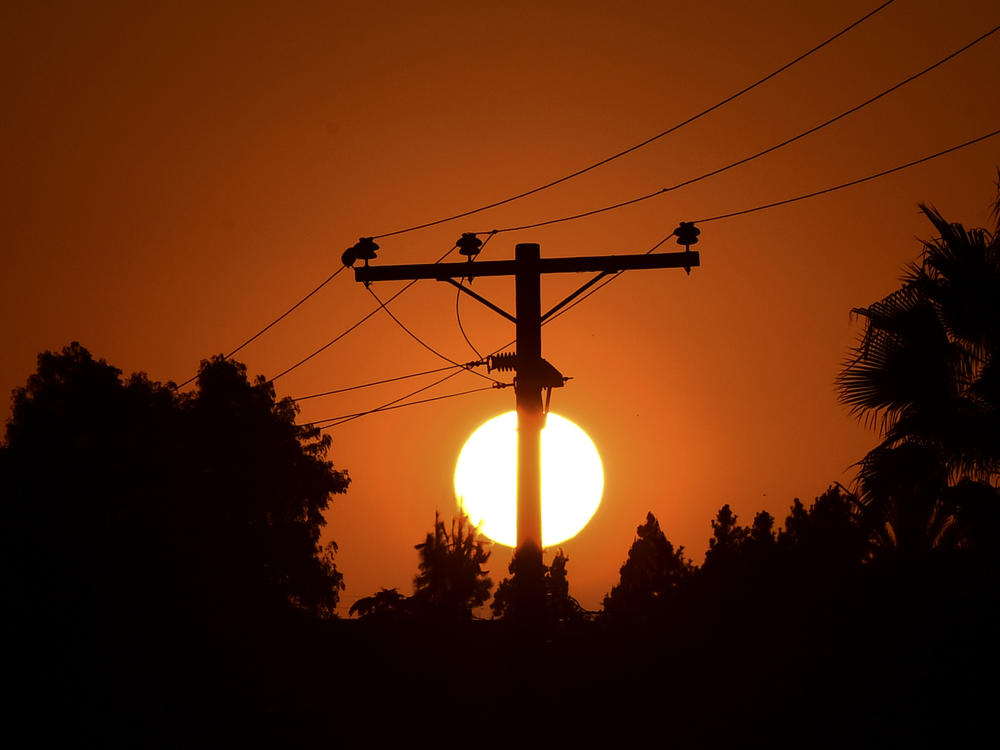Section Branding
Header Content
Extreme Heat Is Worse For Low-Income, Nonwhite Americans, A New Study Shows
Primary Content
As record-high heat hammers much of the country, a new study shows that in American cities, residents of low-income neighborhoods and communities of color endure far higher temperatures than people who live in whiter, wealthier areas.
Urban areas are known to be hotter than more rural ones, but the research published Tuesday in the journal Earth's Future provides one of the most detailed looks to date at how differences in heat extremes break down along racial and socioeconomic lines.
The authors used census data and measured land surface temperature with satellite imaging and focused on 1,056 counties that are home to about 300 million Americans. They found that in more than 70% of those counties, neighborhoods with more people of color and lower income people, "experience significantly more extreme surface urban heat than their wealthier, whiter counterparts."
The study found that in areas with higher rates of poverty, temperatures can be as much as 4 degrees Celsius, or 7 degrees Fahrenheit, warmer during the summer months when compared with richer neighborhoods. The same held true for Americans living in minority communities when compared with their non-Hispanic, white counterparts.
Americans can expect more days over 90 degrees
The study is the latest to show how climate change driven by human activity disproportionately harms people of color and those who are poor. The warming climate is making heat waves more frequent and intense. And even without heat waves, Americans can expect far more days over 90 degrees Fahrenheit than a few decades ago.
The researchers — Susanne Benz and Jennifer Burney from the University of California, San Diego — found that in 76% of the counties they studied, lower income people experienced higher temperatures than those with higher incomes. When looking at neighborhoods by race, 71% of counties showed that people of color lived in neighborhoods with higher temperatures compared with white people.
The researchers said several reasons are driving up temperatures in these neighborhoods, including more buildings, less vegetation and to a lesser extent, higher population density.
Prior studies have shown factors such as less vegetation can affect a city's temperature, and neighborhoods with more people of color and lower income people typically have less tree cover.
Heat has killed hundreds in the Pacific Northwest
Heat is the biggest weather-related killer of Americans, according to the Environmental Protection Agency. An estimated 800 people have died in the heat wave that has gripped the Pacific Northwest this month.
The researchers also noted that the temperature differences didn't just exist in larger, more developed cities. In smaller cities just starting to be developed, the disparity between white and nonwhite neighborhoods was clear as well, they said.
To combat some of the root causes of urban heat disparities in the future, they said, policymakers will have to focus on smaller areas at the beginning of their development.
Copyright 2021 NPR. To see more, visit https://www.npr.org.

